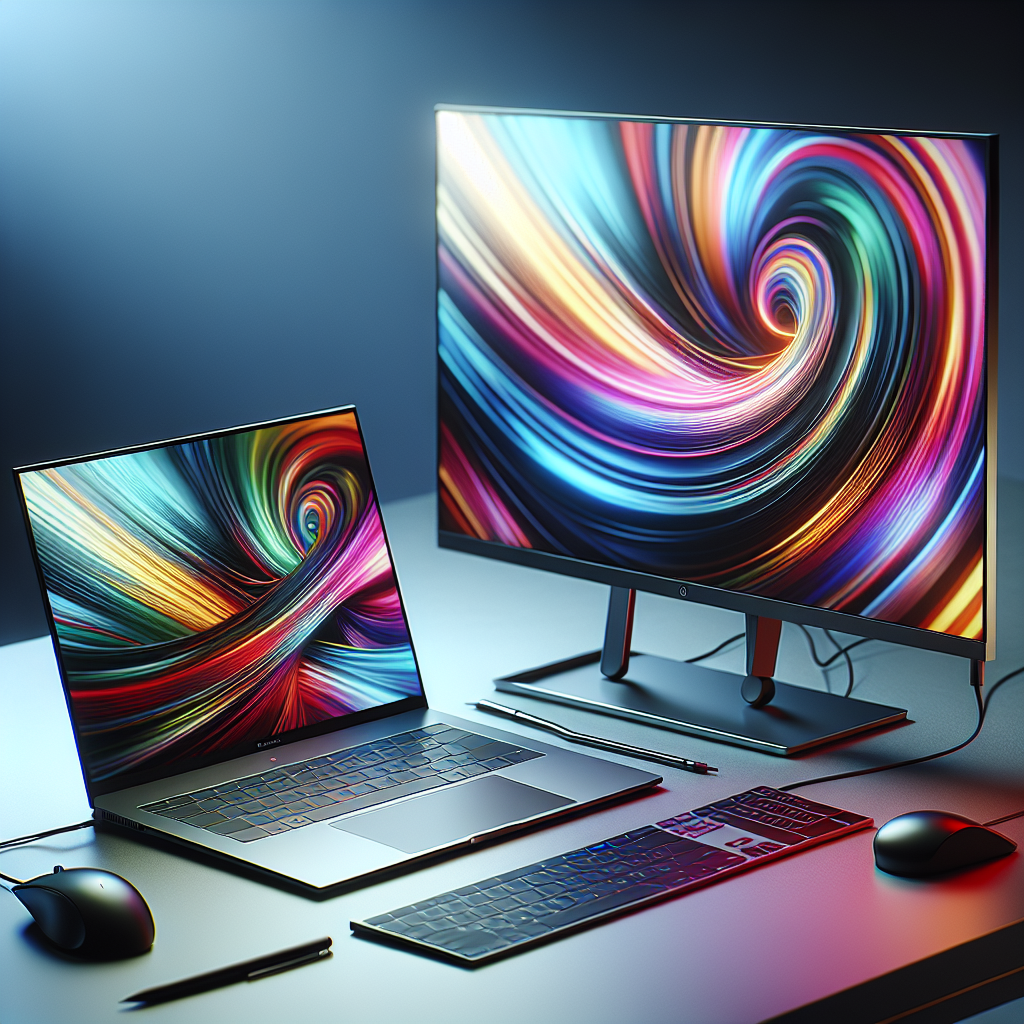Connecting an LCD monitor to a laptop can significantly enhance your computing experience, whether you’re working on complex projects, gaming, or simply enjoying multimedia content. This article addresses your queries on the compatibility, benefits, and steps involved in connecting an LCD monitor with a laptop.
Benefits of Using an LCD Monitor with a Laptop
- Larger Display: An external monitor gives you more screen real estate to manage multiple tasks efficiently.
- Improved Posture: Positioning a monitor correctly can reduce strain on your neck and back.
- Enhanced Productivity: Dual monitors can streamline workflows by allowing you to reference information on one screen while working on the other.
- High Definition: Many LCD monitors offer better resolution and color accuracy compared to standard laptop screens.
Compatibility and Requirements
Before connecting an LCD monitor to your laptop, ensure your laptop supports external displays. Here are some common laptop ports used to connect monitors:
| Port Type | Description |
|---|---|
| HDMI | Standard port for transferring high-definition video and audio. |
| VGA | Analog port mainly used with older monitors and laptops. |
| USB-C/Thunderbolt | Multifunctional port supporting high-speed data, video, and power transfer. |
| DisplayPort/Mini DisplayPort | Preferred port for high-resolution displays and multi-monitor setups. |
Steps to Connect an LCD Monitor to Your Laptop
- Identify the Ports: Check which ports are available on both your laptop and the monitor.
- Choose the Right Cable: Select a cable compatible with both your laptop and monitor ports (e.g., HDMI to HDMI, VGA to VGA).
- Connect the Monitor: Plug one end of the cable into the laptop and the other end into the monitor.
- Power On: Turn on both the laptop and the monitor.
- Display Settings: Go to your laptop’s display settings to configure the external monitor.
Configuring Display Settings on Windows
- Right-click on the desktop and select Display settings.
- Under the Multiple displays section, choose how you want to use the monitor (duplicate, extend, or second screen only).
- Adjust the resolution and orientation as per your preference.
- Click Apply to save changes.
Configuring Display Settings on macOS
- Open System Preferences and go to Displays.
- Click on the Arrangement tab to configure the monitor setup.
- Drag the displays to arrange them as you like.
- Adjust resolution and other settings as required.
Troubleshooting Common Issues
If you face any issues while connecting your LCD monitor to your laptop, here are some quick fixes:
No Signal Detected
- Ensure both devices are turned on and correctly connected.
- Try using a different cable or port.
- Update the display drivers on your laptop.
Incorrect Resolution
- Adjust the resolution settings in your laptop’s display settings.
- Ensure the monitor supports the chosen resolution.
Flickering or Blurry Display
- Check the cable for any damage.
- Update the graphics drivers.
- Ensure the refresh rate is set correctly.
Additional Tips for Optimal Setup
- Invest in a good quality cable to ensure stable and high-quality connection.
- Use monitor stands or mounts to achieve comfortable viewing angles.
- Calibrate the monitor for accurate color representation.
- Consider investing in dual or multiple monitors for enhanced productivity.
Conclusion
Connecting an LCD monitor to your laptop is a straightforward process that offers numerous benefits, from more screen space to better ergonomics. By following the steps and tips outlined in this guide, you can easily set up a functional and efficient workstation.

